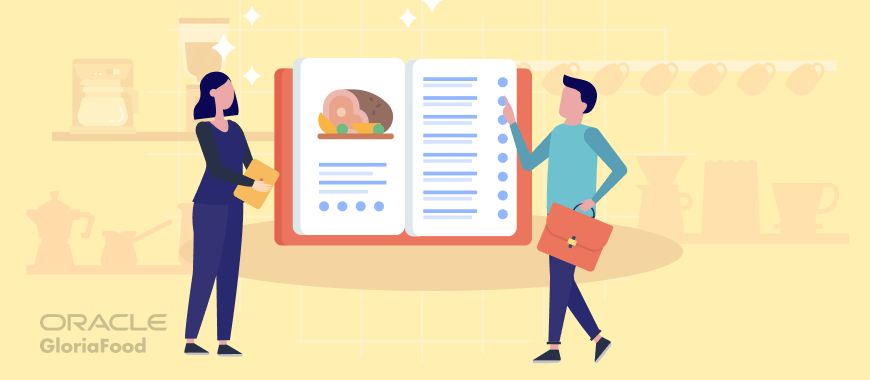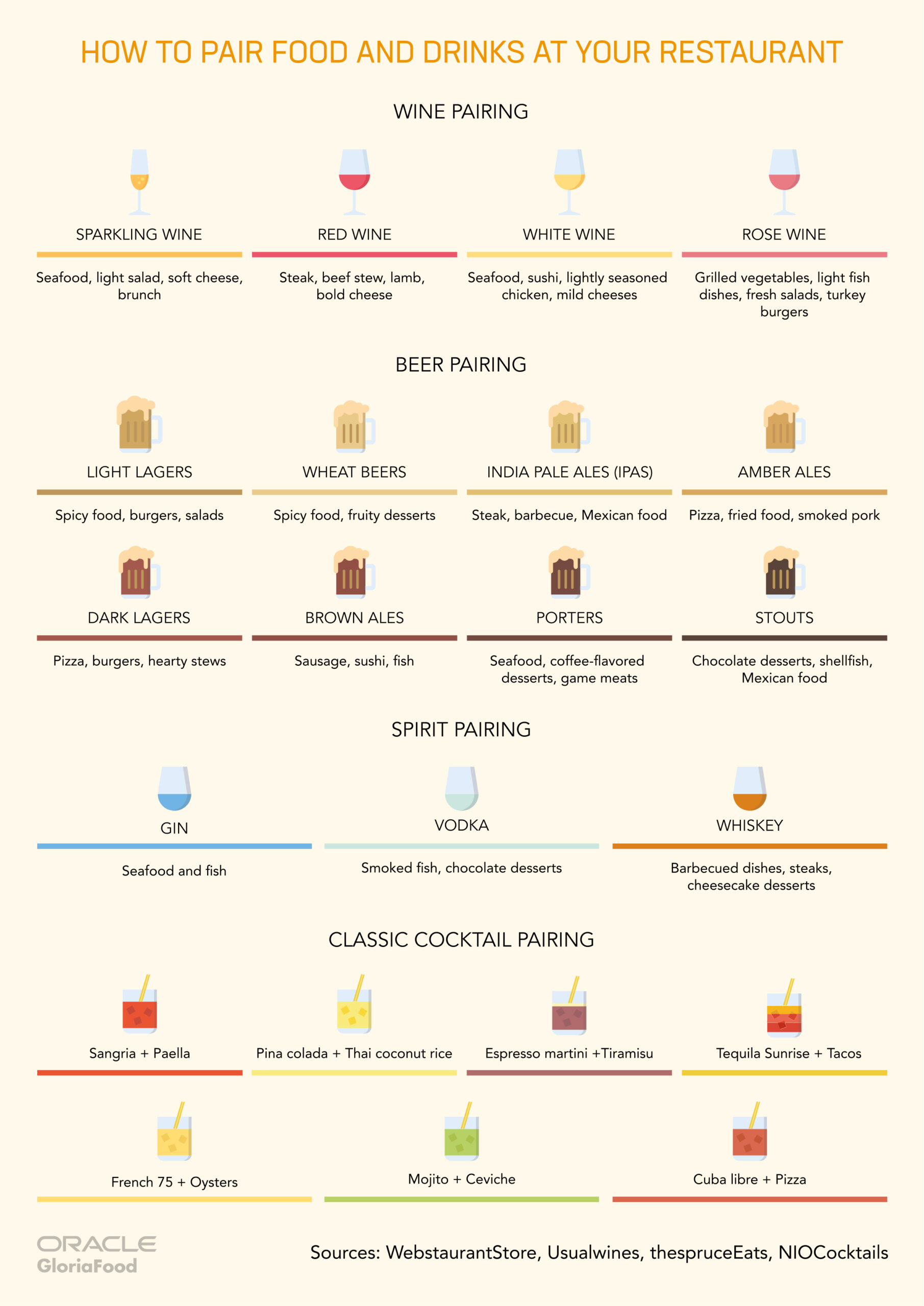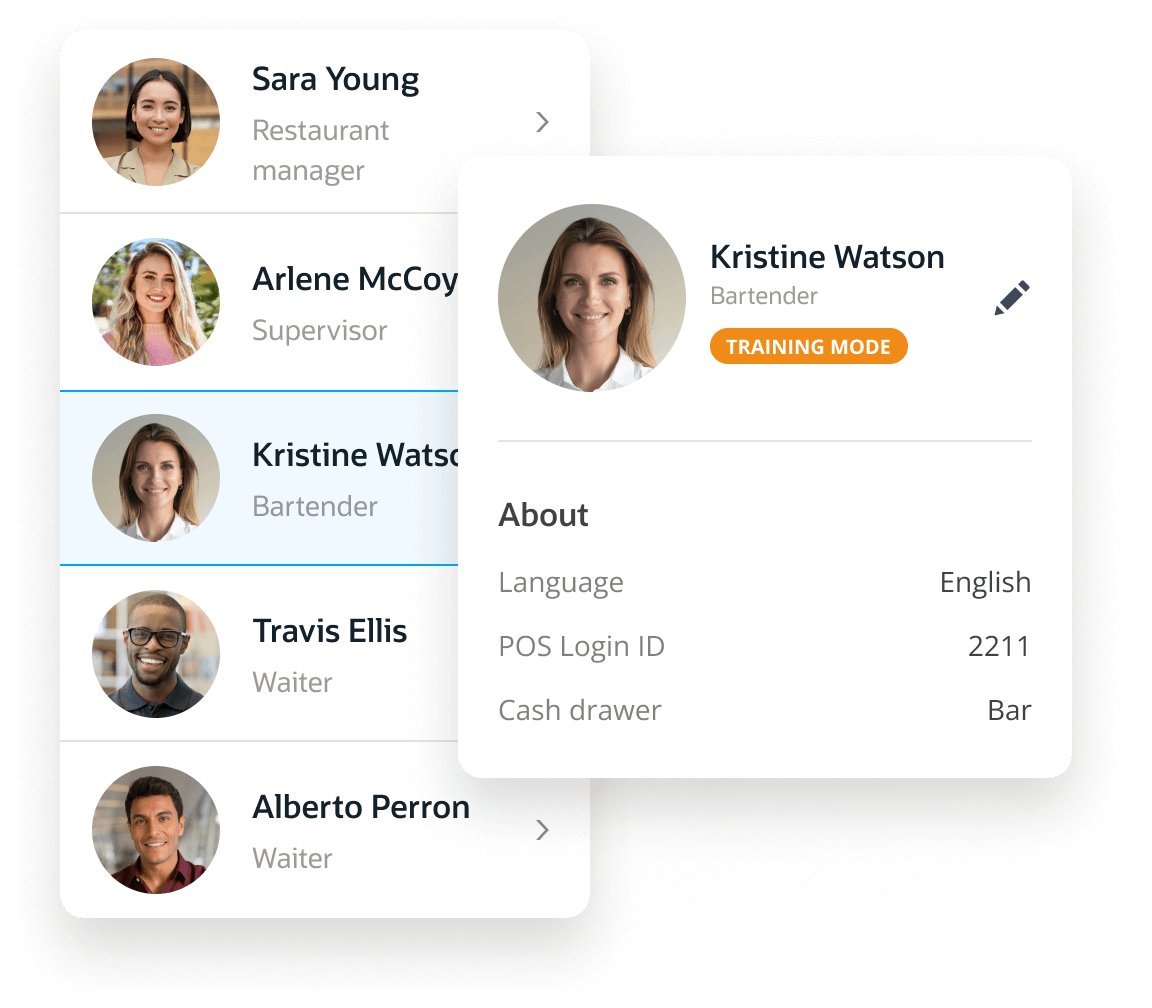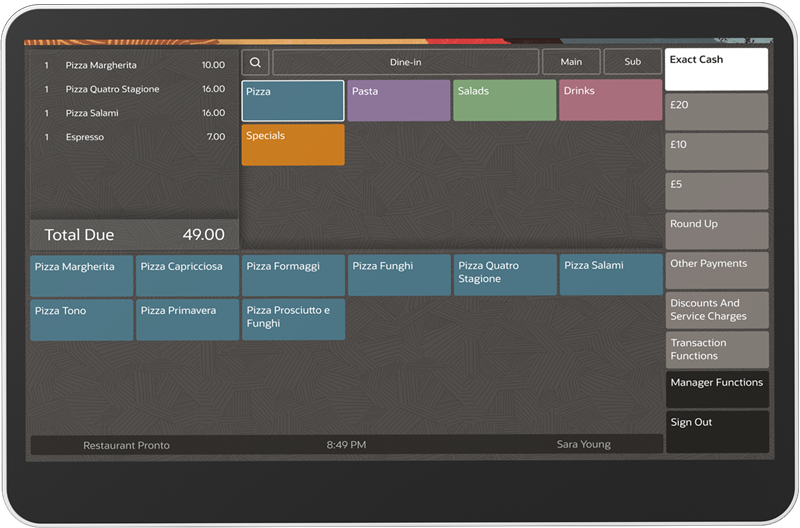Menu knowledge training refers to the process of schooling restaurant staff about menu items, mode of preparation, ingredients, and pairing with the goal of improving customer experience and increasing sales. Some examples are taste testing sessions, role-playing, and shadowing.
In this article, we will focus on the benefits of training employees on the menu, and we will give you helpful tips to make learning a breeze, so your staff can ace recommendations and upselling.
Why you should make menu knowledge a priority
Training staff implies spending time and money to give your employees the tools they need to excel at their jobs. But you will discover that your investment is worth it, once you can enjoy the following benefits:
- Fewer order errors: employees who know the menu well are less likely to input or prepare the wrong dishes;
- Improved efficiency: when the serving staff can answer questions about the ingredients and preparation on the spot, they don’t waste time running to the kitchen to get the answers. Therefore, they save time for both clients and the restaurant;
- Better customer experience: knowledgeable employees offer a superior client service that will be obvious in the number of positive reviews;
- Increased customer loyalty: clients who had a great experience at your restaurant are more likely to come back and recommend your business to others;
- Better allergen management: staff can assist customers in picking the best menu item that is safe for their allergies and diet if they know what each dish contains;
- Increased sales: with menu knowledge training, employees have all the tools to ace upselling with catered recommendations that persuade clients to order more.
7 Menu knowledge training tips
Training in restaurant service can focus on a variety of topics such as food safety, client service, and POS usage. In this section, we will give you easy-to-implement tips to aid your employees in learning everything there is to know about your menu.
If you would like to learn about all areas of restaurant staff training, check out our dedicated article:
Restaurant Staff Training 101: How to Improve Efficiency with Practical Training Methods
1. Organize taste testing sessions
Having your employees describe flavors and textures to clients when they have never eaten the specific menu items can easily lead to misinformation and unhappy customers.
One of the easiest methods in menu knowledge training is taste-testing. It will give staff the opportunity to experience your dishes first-hand, which, in turn, empowers them to make recommendations based on memory, rather than imagination.
You can make it a habit to organize taste testing sessions with the chef and kitchen staff for the front-of-house employees whenever there is a change to the menu. During these meetings, have your chef describe the dish in terms of:
- Flavor profiles
- Textures
- Mode of preparation
- Ingredients and their source
- Perfect food and beverage pairings
2. Have training games for restaurant staff
Training can sometimes be seen as a chore, as most people associate it with being stuck at a desk and listening to a not very engaging presentation. But it doesn’t have to be if you turn it into a game that requires active participation.
Here are a couple of training games you can try with your restaurant staff:
- Quizzes: you can use AI to generate questions related to your menu to make it easier on you. Moreover, you can even make it similar to a pub quiz by pairing people and scoring them to determine a clear winner;
- Upsell of the week: show employees some good upselling techniques during training and provoke them to see who can upsell the most by the end of the week;
- Menu bingo: organize a bingo night that solely focuses on the ingredients and preparation of your restaurant’s menu items.
3. Do role-playing with employees
Practice makes perfect! Another great method for menu knowledge training is role-playing between employees because it builds confidence. Pair your employees up and have one of them act as the customer.
Instruct the pretend customer to come up with a variety of different questions and scenarios a client may ask or create to really test the ability and knowledge of the servers. Try to give praise and reassuring words to motivate your staff in the process.
4. Use the online menu as a visual aid
While your employees will try to retain as much information during menu knowledge training, they may find themselves forgetting some important details when they are waiting on customers.
You can advise them to have your online menu open as a backup. For example, if a customer asks if a dish contains a specific ingredient or a certain allergen, they can quickly look it up.
For this to work, you need to have an online menu that can be personalized with this information, like the one from GloriaFood. In just a few clicks, you can add nutritional and allergen information to your dishes.
[embed_video provider=”youtube” url=”https://www.youtube.com/watch?v=xTAlIYLe_rE”]
Moreover, you can make it even easier for your employees by making this info readily available for in-location clients by enabling QR code ordering. Simply generate a free QR code with GloriaFood, print it out, and stick it on every table.
Clients will be able to scan it and find all the required information about each menu item directly on their phones. Follow these steps to enable QR code ordering:
[embed_video provider=”youtube” url=”https://www.youtube.com/watch?v=fpU2s7Li3W0″]
5. Have posters with food and drink pairings in staff areas
The more you are exposed to an element, the more familiar you become with it. For example, if you see the same advertisement a couple of times, you start to remember the image and often the jingle.
Following the same repetition principle, print out some posters for the staff areas that show which type of dish goes with what type of beverage. By seeing the information every day, your employees will become experts at making pairing suggestions.
We’ve made it easy for you and created an infographic that you can just download (click here) and print:
6. Organize daily quizzes with small prizes
Menu knowledge training must be constant if you want employees to stay at the top of their game. More so, rewards can motivate staff to do their best at memorizing the menu.
An easy way to integrate it into daily restaurant life is to take ten minutes at the start of each day for rapid-fire quizzes. You can ask questions such as:
- What are the common allergens in our Lasagna?
- Which of our menu items are dairy-free?
- What beverage pairs best with Pasta Carbonara?
The rewards don’t have to be monetary or very big, just small encouragements such as:
- 10 more minutes of break for the winner
- No cleaning duties for the winner
- The winner gets to pick their sections
7. Take advantage of technology for training
Take your menu knowledge training a step further by incorporating the technology you use at your restaurant. For example, the POS system can be a great tool for memorizing menu items. If you use the GloriaFood POS system, you can also benefit from the Training Mode.
When activated, employees can play around in the dashboard with placing orders, making returns, and accepting payments without affecting your financial statements. The more familiar your staff becomes with the POS interface, the faster they will be when serving customers.
Moreover, the POS has color-coded menu categories that also make it easier for staff to learn the menu by associating different colors to different categories.
Final words
Menu knowledge training is a must for all restaurants that want productive employees who create an unforgettable experience for clients. By using the right tools, being consistent, and often turning learning into a game, training can be both fun and efficient.
You might also like:




